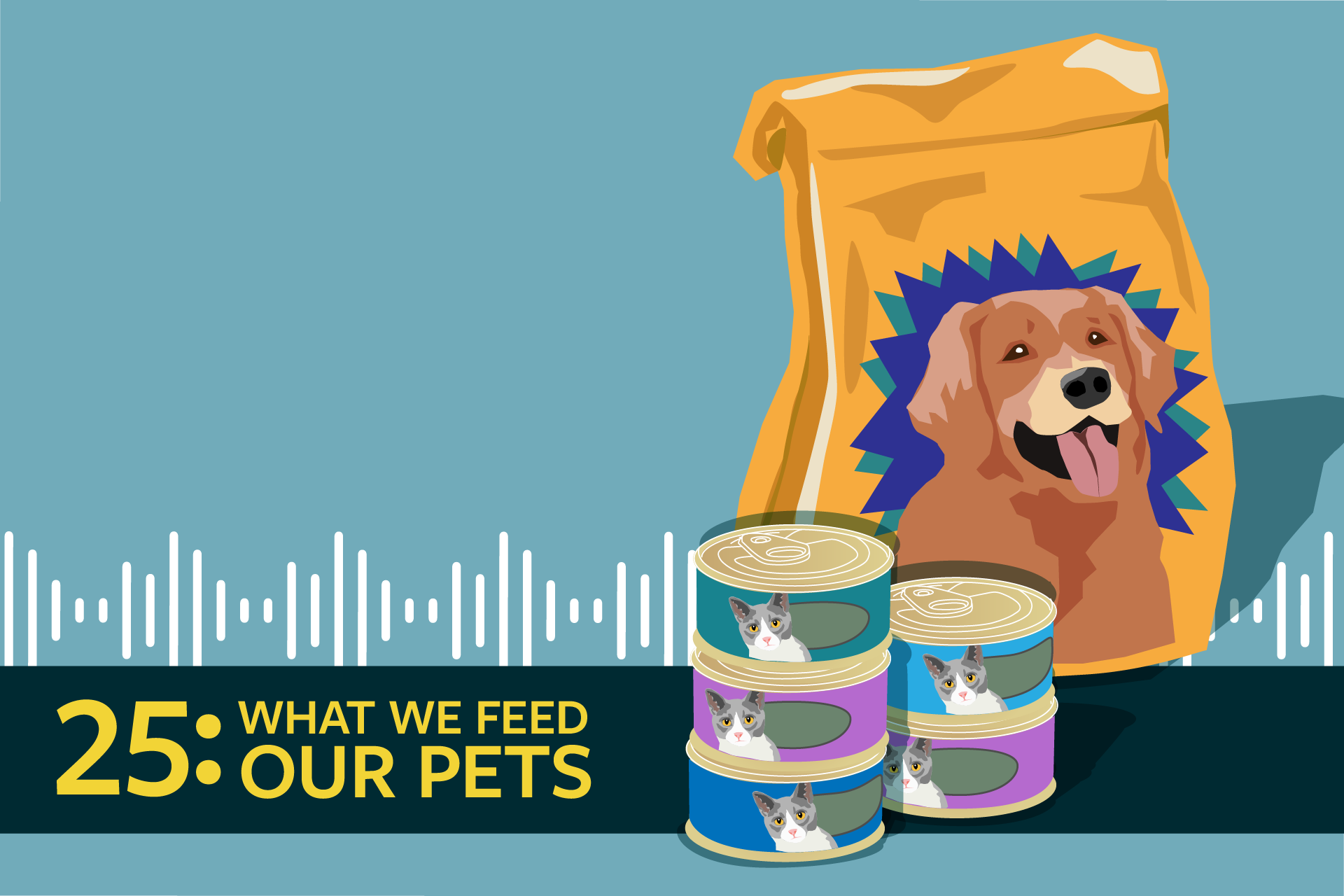Finding a pet food that aligns with your values
Time was, the family dog survived on the leftovers from the table. House dogs and barn cats were the family composters, hoovering up the scraps and ends. It was only in the late 1800s that the first food, made exclusively for pets, was put on the market — and it wasn’t until the 1950s that Purina invented the extremely convenient and shelf- stable dried kibble. Today, the majority of pet owners buy packaged, processed food for their pets, to the tune of around 58 billion dollars a year.
As foods for both humans and animals have become ever more processed in the name of convenience (and profit), there is a segment of consumers who rebel against this. They bring their concerns about environment, animal welfare and health to their food purchases. They seek out certified organic fruits and vegetables; they buy meat, dairy and eggs with animal welfare certifications; they eschew animal products entirely and eat vegetarian or vegan; they avoid ultraprocessed foods and cook from scratch. And increasingly, people are making these choices not just for themselves and the humans in their households, but for their pets as well. As Marion Nestle, author of “Pet Food Politics” and “Feed Your Pet Right” explains, as people’s household furry companions have become “humanized” in their eyes, “people feed their pets what they eat.” So, back to table scraps, right? Not exactly. People are mostly still outsourcing prep of their pets’ food, and the choices are endless.
So how does one find a pet food that reflects “what they eat”? One can buy everything from a can of regular-looking food that is marketed as “higher quality,” to certified humane broth to pour over certified humane kibble, from delivery boxes of frozen sauteed meat and vegetable mash kept chilled with dry ice, to fresh made-from-scratch batches of wild-caught salmon stew. Or there’s the basic, regular stuff at the supermarket that costs the least. It’s hard to know which differences are real and which are merely marketing, not to mention if paying more will make any discernible difference for your pet.
Most of us make decisions about pet food without much information about how it is made or what our concerns should actually be. For the latest episode of our podcast, “What You’re Eating,” we dig into some of these questions alongside a nutrition professor, a pet food advocate, the co-founder of an “ethically sourced and humanely raised” pet food company, and more.
Top photo by anastas_. /Adobe Stock.
More Reading
300 million male chicks are killed every year. Can in-ovo sexing change that?
September 30, 2025
What do faster line speeds in slaughterhouses mean for animals, workers and food safety?
May 8, 2025
When "Made in America" isn't really: Country-of-origin labeling for beef
May 8, 2025
This vegan tiramisu will bring you joy
March 11, 2025
The environmental benefits — and limitations — of hunting as a food source
January 6, 2025
The USDA updated label guidelines to increase transparency — is it enough?
September 12, 2024
How can ecofeminism help us envision the future of food?
July 18, 2024
Switching from beef to chicken isn't the sustainability flex you think it is
June 12, 2024
Is it too cruel to eat veal, foie gras and octopus?
May 14, 2024

